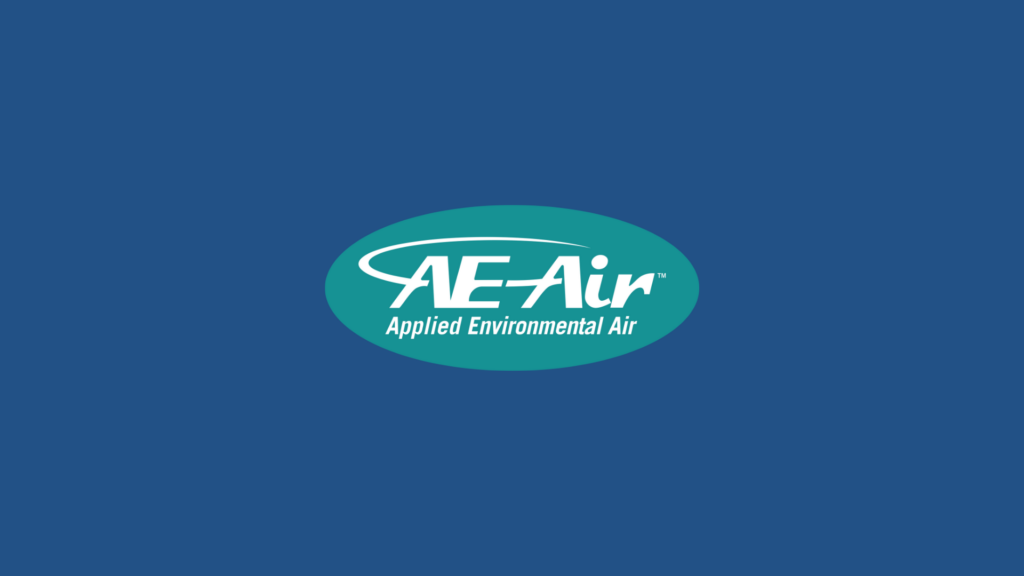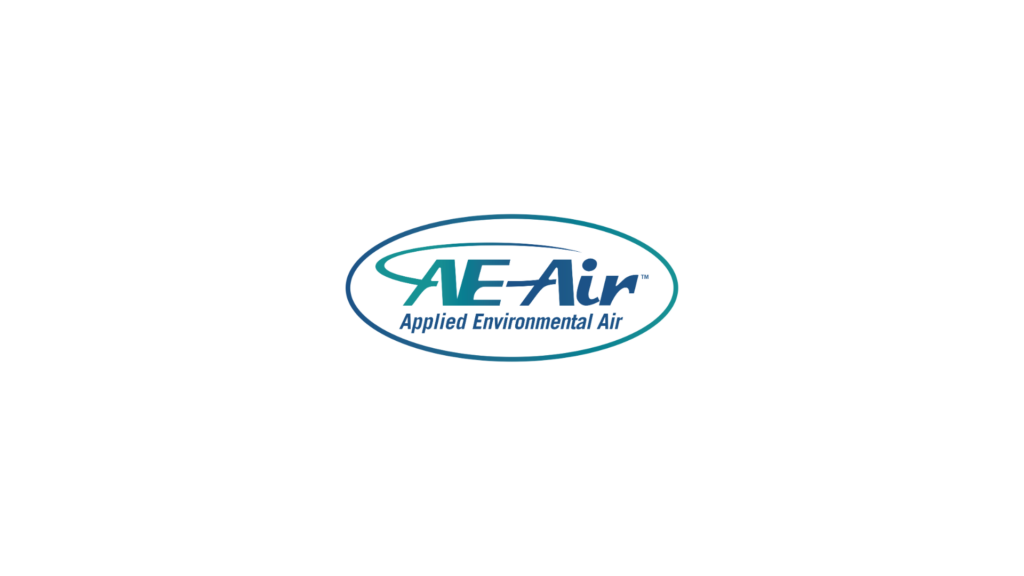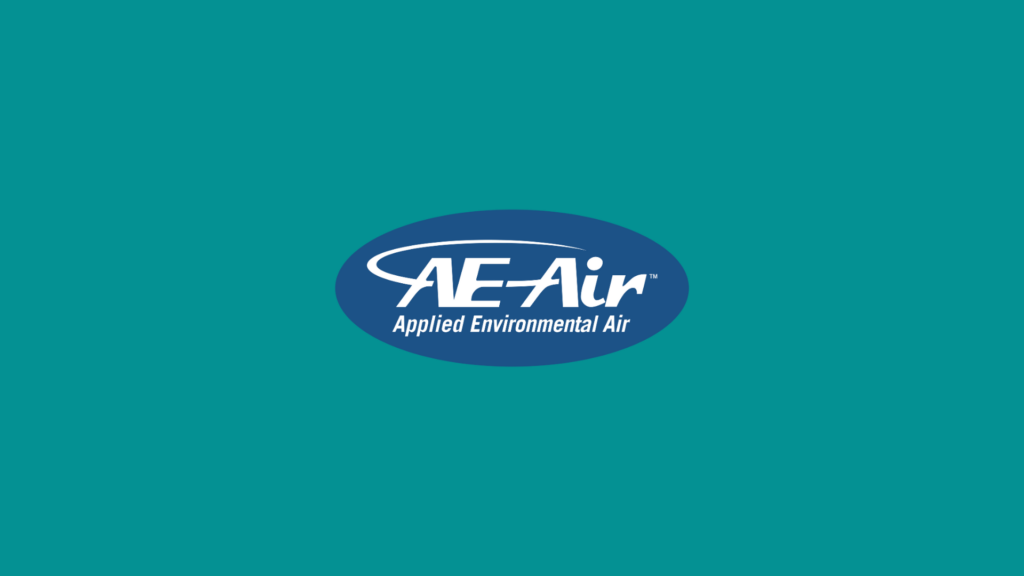Introduction
Horizontal water source heat pumps are pivotal in creating energy-efficient and sustainable environments for large-scale projects. Their ability to leverage the constant temperatures of water sources underground makes them a robust choice for heating and cooling systems. As more developers and engineers look towards sustainable solutions, mastering the installation of these pumps becomes increasingly essential.
To ensure successful installation, there are several critical considerations to bear in mind. Every project is unique, requiring a tailored approach that aligns with the specific site conditions and building requirements. By understanding the full scope of what is involved in setting up a horizontal water source heat pump, professionals can optimize both performance and efficiency.
For those looking to integrate this innovative technology into their building designs, it’s essential to be well-informed about best practices. This not only encompasses the technical installation process but also involves anticipating potential challenges and regularly maintaining the system to keep it running smoothly over time. By doing so, the longevity and effectiveness of these systems can be maximized, providing a reliable and eco-friendly HVAC solution.
Key Considerations Before Installation
Installing horizontal water source heat pumps begins with a thorough site evaluation. This process involves assessing the available space to ensure that the pump can be installed without disrupting the existing structure. Measuring the area and considering future accessibility for maintenance is crucial. Understanding the space requirements helps in selecting the right pump size and ensures that it fits seamlessly with the building design.
Permits and regulations are another important aspect. Check local codes and regulations to ensure compliance before starting your project. Securing the necessary permits in advance prevents future complications and helps streamline the installation process. Coordination with local authorities may be required to meet specific guidelines and environmental regulations.
Ground conditions also play a vital role in the installation of horizontal water source heat pumps. Evaluating the soil type, water table levels, and subsurface conditions determines whether excavation or additional structural support is needed. Integrating the system with the building’s existing structure requires careful planning. The alignment of water source pipes with the building’s HVAC system should be considered to maximize efficiency and minimize disruptions during installation.
Installation Process and Techniques
The installation of horizontal water source heat pumps follows a structured process to ensure optimal functionality and durability. Here’s a step-by-step guide to simplify this process:
- Prepare the Site: Begin by clearing the installation area and ensuring that all necessary equipment and materials are on site. Accurate site preparation reduces installation time and unforeseen issues.
- Set Up Ground Loops: Install the ground loops that will circulate water from the heat pump. These loops need to be laid out according to the site evaluation plan to ensure efficient heat transfer and energy retention.
- Install the Pump Unit: Position the heat pump unit in the designated space, ensuring it is level and secured. Connect the unit to the ground loops and building’s HVAC system using insulated pipes to minimize energy loss.
- Electrical Connections: Connect the power supply to the heat pump, ensuring all electrical connections comply with safety standards. Accurate electrical wiring is crucial for smooth and efficient operation.
- Test the System: Once installed, conduct a series of tests to ensure the system is operating correctly. Monitor for any leaks, ensure all connections are tight, and verify that the system maintains the desired temperature settings.
Proper installation techniques are crucial for the longevity and efficiency of horizontal water source heat pumps. By following these steps, developers and engineers can mitigate potential installation errors and ensure that the system performs to its maximum capabilities throughout its service life.
Common Challenges and Solutions
Installing horizontal water source heat pumps can present several challenges, but being aware of these potential obstacles and knowing how to address them is crucial for a smooth project execution.
One common challenge is dealing with limited installation space. In tight building environments or urban areas, finding the right location can be tricky. To overcome this, conduct a detailed site survey early in the planning stage to identify potential installation spots. Use compact or modular components that can fit into smaller areas without sacrificing performance.
Difficult terrain is another issue, especially in areas with uneven ground or rocky soil. This can complicate the installation of ground loops. To manage this, consider alternative loop designs, like vertical loops, which require less ground disturbance. Employing professional drilling services can also ensure that the loops are installed securely in rough terrain.
Water source availability and quality can vary, which might affect the efficiency of the system. Conduct a thorough water quality assessment and ensure proper filtration systems are in place if needed. This helps prevent mineral buildup and extends the lifespan of the heat pump.
By proactively addressing these challenges, you can ensure the successful installation and operation of your horizontal water source heat pump, making it a reliable part of your building’s HVAC system.
Maintenance Tips for Optimal Performance
To keep horizontal water source heat pumps running efficiently, regular maintenance is essential. These steps help ensure the system operates at peak performance, offering reliable heating and cooling year-round.
First, perform routine inspections of the heat pump’s system components. Check electrical connections, heat exchangers, and refrigerant levels. Look for signs of wear and tear or corrosion that might indicate a need for repairs or replacements.
Ensure that the ground loops are free of obstructions. Over time, debris or sediment can build up, reducing system efficiency. Cleaning or flushing the loops regularly prevents this and maintains optimal heat exchange rates.
Schedule annual professional maintenance checks. Engaging qualified technicians to conduct in-depth inspections can catch minor issues before they become major problems, ensuring system reliability and efficiency.
Monitor water source conditions regularly. Changes in water quality or temperature can impact performance. Implement a filtration system to handle impurities, which helps protect all parts of the pump from damage.
Regular maintenance not only prolongs the lifespan of the system but also enhances energy efficiency, offering cost savings on utility bills.
Conclusion
Horizontal water source heat pumps are a forward-thinking solution that combines efficiency and sustainability. They offer a versatile option for heating and cooling, perfect for various building types from commercial spaces to residential complexes. By understanding and applying best practices for installation and maintenance, you can capitalize on their full potential and integrate them seamlessly into your HVAC designs.
Navigating the complexities of site evaluation, installation, and maintenance requires a comprehensive approach. Ensuring compliance with local regulations, addressing potential site challenges, and committing to regular maintenance are key. These practices ensure that the system not only meets immediate needs but also remains a long-term solution that adapts to changing conditions.
For those in the development, construction, and architectural fields, implementing these heat pumps offers an opportunity to enhance building performance and reduce environmental impact. Embracing these systems helps pave the way for a more sustainable future while providing reliable climate control solutions today.
Ready to optimize your building’s energy efficiency with top-notch HVAC solutions for commercial buildings? Contact AE Air today to explore our range of flexible HVAC products, including advanced horizontal water source heat pumps tailored to your project needs. Together, we can design a system that not only meets current requirements but also anticipates the demands of tomorrow.



